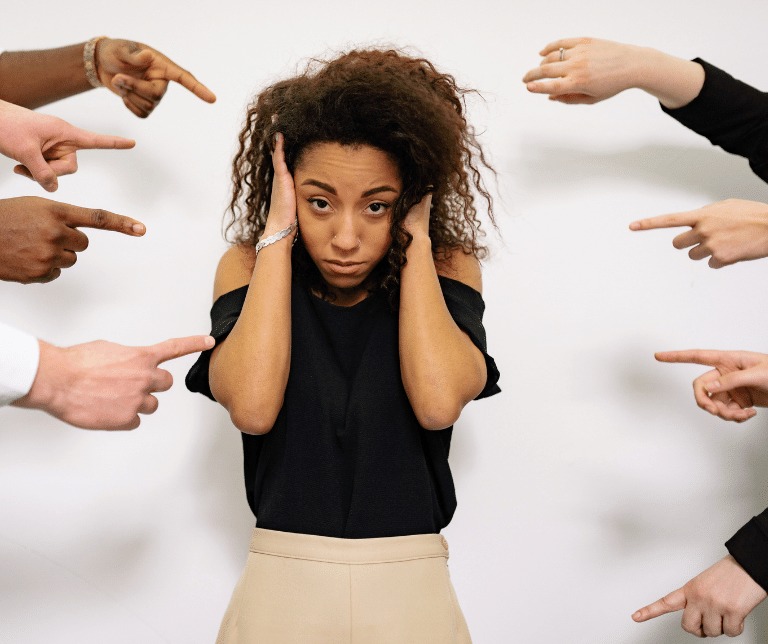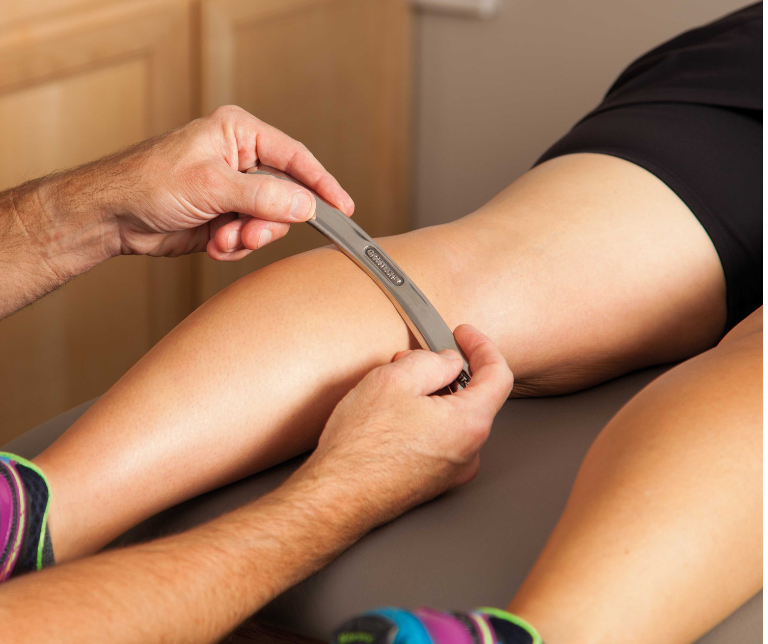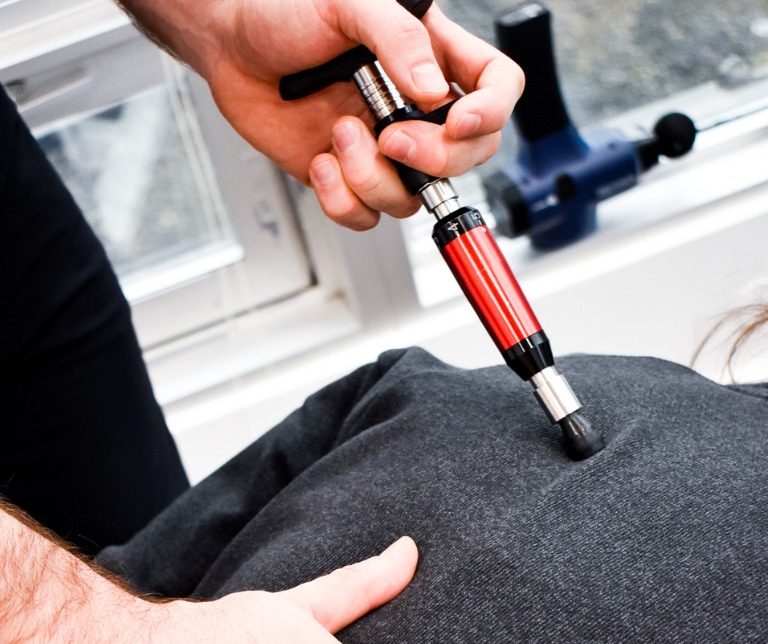What is facial neuromuscular retraining?
Facial neuromuscular retraining is a type of physiotherapy for the treatment of peripheral facial palsies. Facial nerve palsy is when there is damage to the facial nerve (Cranial nerve VII).
The facial nerve has several functions:
- Controlling the muscles of facial expression, allowing us to make many finite movements on our faces (including movements in our forehead, eyebrows, eyes, nose, cheek, lips, and chin) to convey different emotions.
- Producing tears and saliva
- Sensing taste on the anterior 2/3 of the tongue
- Dampening loud sounds in the ear
- Providing sensation to the outer part of the ear.
Damage to the facial nerve can cause facial muscle weakness on one side of the face. In rare cases, both sides may be affected. The affected side will appear to be drooped and the face will appear to have asymmetry. Depending on which branch of the nerve is affected, a person may have difficulty with active eye closure, causing dryness and irritation in the eye. Eating, drinking, and speaking may also be affected due to the inability to control the cheek and lip muscles.
Recovery is possible! As the facial nerve is a peripheral nerve, it has the ability to regenerate after damage. The nerve will regrow at a slow rate, but the goal is to eventually connect with its associated muscles. During the process of recovery, if the nerve ending may not be able to find its associated muscles, and therefore there is no connection to it, movement is lost. In some cases the nerve connects with the wrong muscles, so movements become linked. For example, every time one wants to blink, the corner of their lips will twitch involuntarily.
Facial neuromuscular training uses the concept of neuroplasticity to facilitate nerve recovery and muscle retraining. It requires active client participation to re-educate the brain’s control of facial muscle movements. It supports recovery as the nerve regenerates, with the goal of a more symmetrical face and regaining control of the muscles used in facial expression.
Which conditions can be treated?
Bell’s palsy is the most common cause of facial nerve palsy (60-75%), most likely caused by the herpes simplex virus. It is more prevalent in people with diabetes, pregnant women, and people over 70 years of age. Most cases are resolved with medical treatments, however, roughly 15% of Bell’s palsy clients have poor or no recovery. Facial neuromuscular retraining is helpful in the acute stage for education and prevention, and later for the 15% that have poor recovery.
Other conditions that can lead to facial palsy are facial traumas, Ramsay Hunt syndrome, Lyme disease, acoustic neuroma, parotid tumors or other tumors around the ear, eclampsia/third-trimester pregnancy, and congenital facial palsies.
Unfortunately, facial nerve damage caused by the central nervous system, such as stroke or head injuries, cannot benefit from facial neuromuscular retraining.
What do facial assessment and treatment involve?
All appointments are one-on-one with the physiotherapist for the entire duration of the appointment in a quiet, comfortable, and enclosed space. Initial appointments are 1.5 hours in length. During the initial assessment, a detailed medical history will be taken. Your face will be observed closely at rest and with the active movement of each group of muscles to determine their level of function. There may be a component of intra-oral assessment. There will be extensive education about facial anatomy, nerve recovery, self-care, and prevention.
Treatments will involve isolating and retraining recovering movements through specific exercises and manual stretching techniques to decrease muscle tightness. Acupuncture may be used during the treatment as needed. Subsequent treatments are 60 minutes in length, with progressions of exercises to improve muscular control and decrease unwanted movements. Appointments are usually every 2-4 weeks for acute conditions, and approximately 4 weeks onwards for less acute cases until recovery is optimal.
Recovery is dependent on active client participation. Exercises need to be practiced on a regular basis in order for changes and recovery to occur. The physiotherapist acts as a “coach”, educating clients on different techniques to connect with their muscles and fine-tuning the movements.
Electra Health Facial Neuromuscular Retraining
Christina Wong MPT, BSc (Hon), CAFCI, CGTTP is a Registered Physiotherapist with completion of advanced training in facial neuromuscular retraining and works at both locations of downtown Vancouver’s Electra Health






